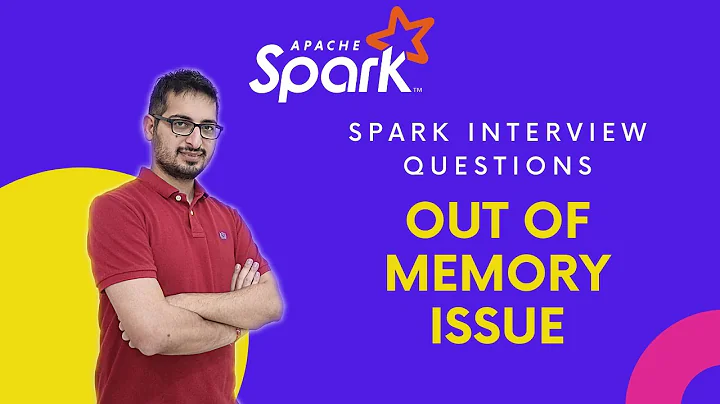How to avoid Spark executor from getting lost and yarn container killing it due to memory limit?
Generally, you should always dig into logs to get the real exception out (at least in Spark 1.3.1).
tl;dr
safe config for Spark under Yarn
spark.shuffle.memoryFraction=0.5 - this would allow shuffle use more of allocated memory
spark.yarn.executor.memoryOverhead=1024 - this is set in MB. Yarn kills executors when its memory usage is larger then (executor-memory + executor.memoryOverhead)
Little more info
From reading your question you mention that you get shuffle not found exception.
In case of
org.apache.spark.shuffle.MetadataFetchFailedException: Missing an output location for shuffle
you should increase spark.shuffle.memoryFraction, for example to 0.5
Most common reason for Yarn killing off my executors was memory usage beyond what it expected.
To avoid that you increase spark.yarn.executor.memoryOverhead , I've set it to 1024, even if my executors use only 2-3G of memory.
Related videos on Youtube
Comments
-
Umesh K over 1 year
I have the following code which fires
hiveContext.sql()most of the time. My task is I want to create few tables and insert values into after processing for all hive table partition.So I first fire
show partitionsand using its output in a for-loop, I call a few methods which creates the table (if it doesn't exist) and inserts into them usinghiveContext.sql.Now, we can't execute
hiveContextin an executor, so I have to execute this in a for-loop in a driver program, and should run serially one by one. When I submit this Spark job in YARN cluster, almost all the time my executor gets lost because of shuffle not found exception.Now this is happening because YARN is killing my executor because of memory overload. I don't understand why, as I have a very small data set for each hive partition, but still it causes YARN to kill my executor.
Will the following code do everything in parallel and try to accommodate all hive partition data in memory at the same time?
public static void main(String[] args) throws IOException { SparkConf conf = new SparkConf(); SparkContext sc = new SparkContext(conf); HiveContext hc = new HiveContext(sc); DataFrame partitionFrame = hiveContext.sql(" show partitions dbdata partition(date="2015-08-05")"); Row[] rowArr = partitionFrame.collect(); for(Row row : rowArr) { String[] splitArr = row.getString(0).split("/"); String server = splitArr[0].split("=")[1]; String date = splitArr[1].split("=")[1]; String csvPath = "hdfs:///user/db/ext/"+server+".csv"; if(fs.exists(new Path(csvPath))) { hiveContext.sql("ADD FILE " + csvPath); } createInsertIntoTableABC(hc,entity, date); createInsertIntoTableDEF(hc,entity, date); createInsertIntoTableGHI(hc,entity,date); createInsertIntoTableJKL(hc,entity, date); createInsertIntoTableMNO(hc,entity,date); } } -
 gsamaras over 7 yearsHmm Barak what about repartitioning the dataset so that every partition holds less data?
gsamaras over 7 yearsHmm Barak what about repartitioning the dataset so that every partition holds less data? -
Barak1731475 over 7 years@gsamaras Data resides in different memory area, and in spark 1.3.1 it wasn't dynamic. So, you wouldn't actually "free" some memory on the executor for the shuffle. You have to explicitly increase shuffle area. That said, you might have smaller shuffle memory needs on the map side if you decrease data per partition, so it might help somewhat. Bear in mind that repartitioning has other effects on the process, so I wouldn't use it as solution to this specific problem. It is might be a good idea, but it is a bigger subject :)



![Spark [Executor & Driver] Memory Calculation](https://i.ytimg.com/vi/WCO_r_lgrJU/hq720.jpg?sqp=-oaymwEcCNAFEJQDSFXyq4qpAw4IARUAAIhCGAFwAcABBg==&rs=AOn4CLAd29bajKNOQH3PN7ErscM0apAAFA)

